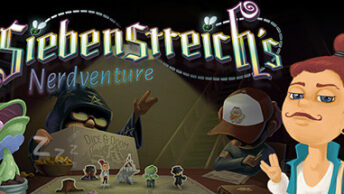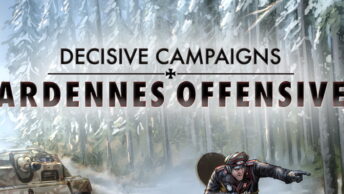Mechanically complex in the tradition of grand strategy games, but perhaps too convoluted in the gameplay user experience for the faint of heart.
Type: Single-player
Genre: Strategy
Developer: Musclebird
Publisher: Musclebird
Release date: 22 Dec, 2020


Political intrigue, machinations, being the secret power pulling the strings of influence… what could be more thrilling? Grand strategy games form a special subset of the strategy genre, using your skills to play with the fate of nations. Although Waiting For The Raven is a worthy effort in the grand strategy tradition, some of its game design flaws make it suffer in comparison to hallmark games in the subgenre.
Game Universe
When the game starts for the first time, the only faction unlocked is Oracles of the Night, although it appears that there may be two other factions to choose from eventually. The Oracles of Night have recently had their organization routed, and your character Juliana’s task is to rebuild the network and take power in the city of Glassden.
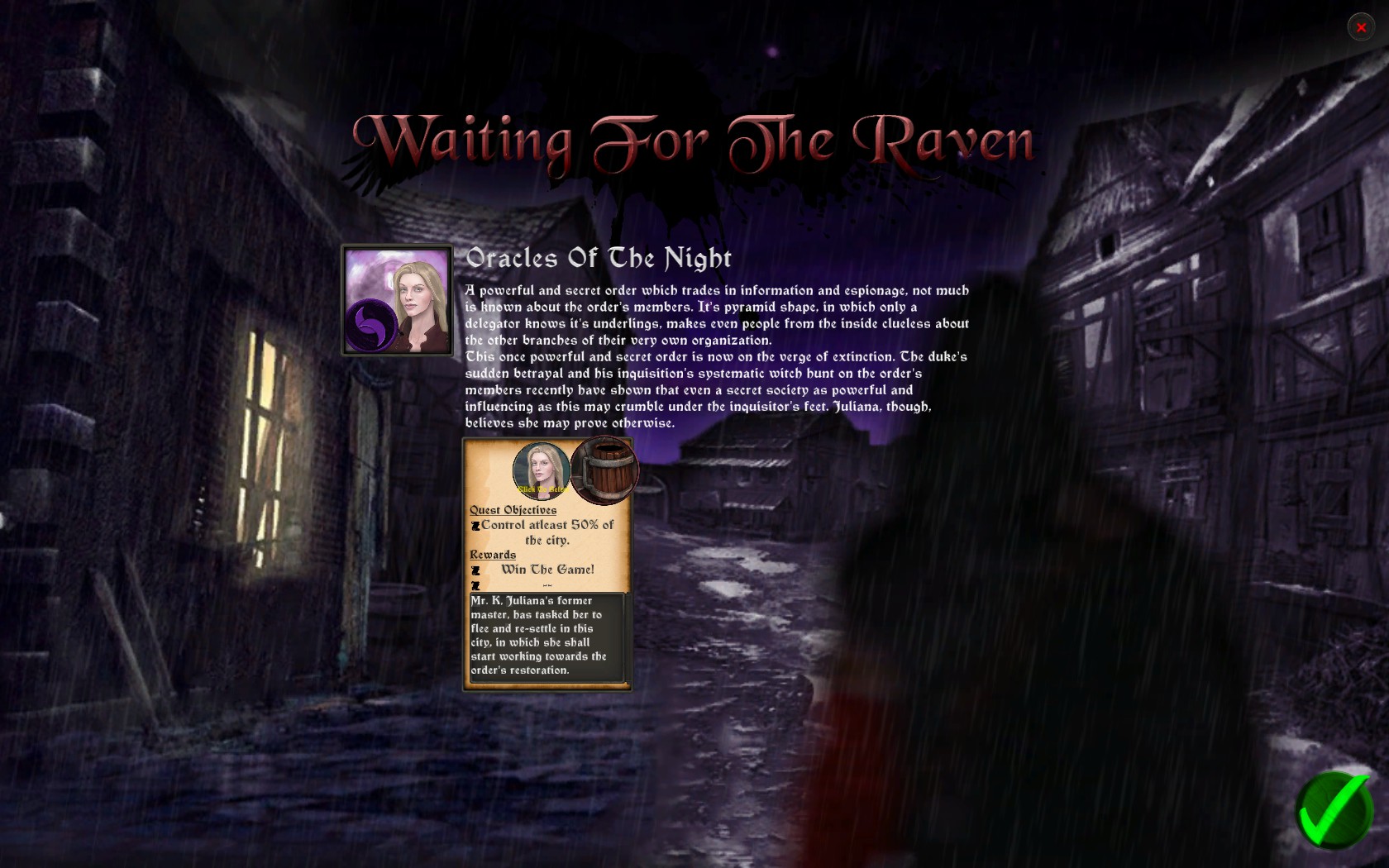
However, despite the fact that you are playing as a specific character, I would say the characters and the story aren’t really a focus of the game. Juliana is a named character rather than an avatar for the player, but her motivations as spymaster aren’t really clear. In fact, there’s almost an overwhelming number of characters considering that most of them aren’t particularly memorable or important in the story. The fact that the player doesn’t really get to know most of the characters makes the stakes not feel very high, which is very strange to say for a grand strategy game.
Gameplay and Mechanics
The game’s mechanics are complex but fun – IF you can figure them out. For a game that is so complex mechanically, the gameplay experience is hindered by the overall game design not being particularly intuitive and sometimes failing to provide adequate instructions on how to play. The “I don’t know what I’m doing, but I’m going to try this and see what happens” approach is the opposite of strategy gameplay expectations and can be unfulfilling at times in terms of enjoyment.
The progression tree covers the main categories of options available in terms of gameplay: Business, Espionage, Manipulation, and Aggression. There’s also a fifth area in the progression tree called Cult Practices that I haven’t really delved into thus far. On the map, you can recruit agents and other characters into your network. Each character has different stats like Charming, Intelligent, Stealthy, etc. You purchase and manage properties in the city to earn money and progression points, gather rumors, and make connections to spend furthering objectives. Assassination is a whole thing in and of itself. The entry, method, skills of the participants, and access to required items all factor into your approach and chances of success against the target’s defenses and also earn different stat increases. Even if your plot is successful, there’s also decisions to be made in how to handle the body or bodies. Sloppy disposal of the corpses can increase your risk of being caught by the constabulary.
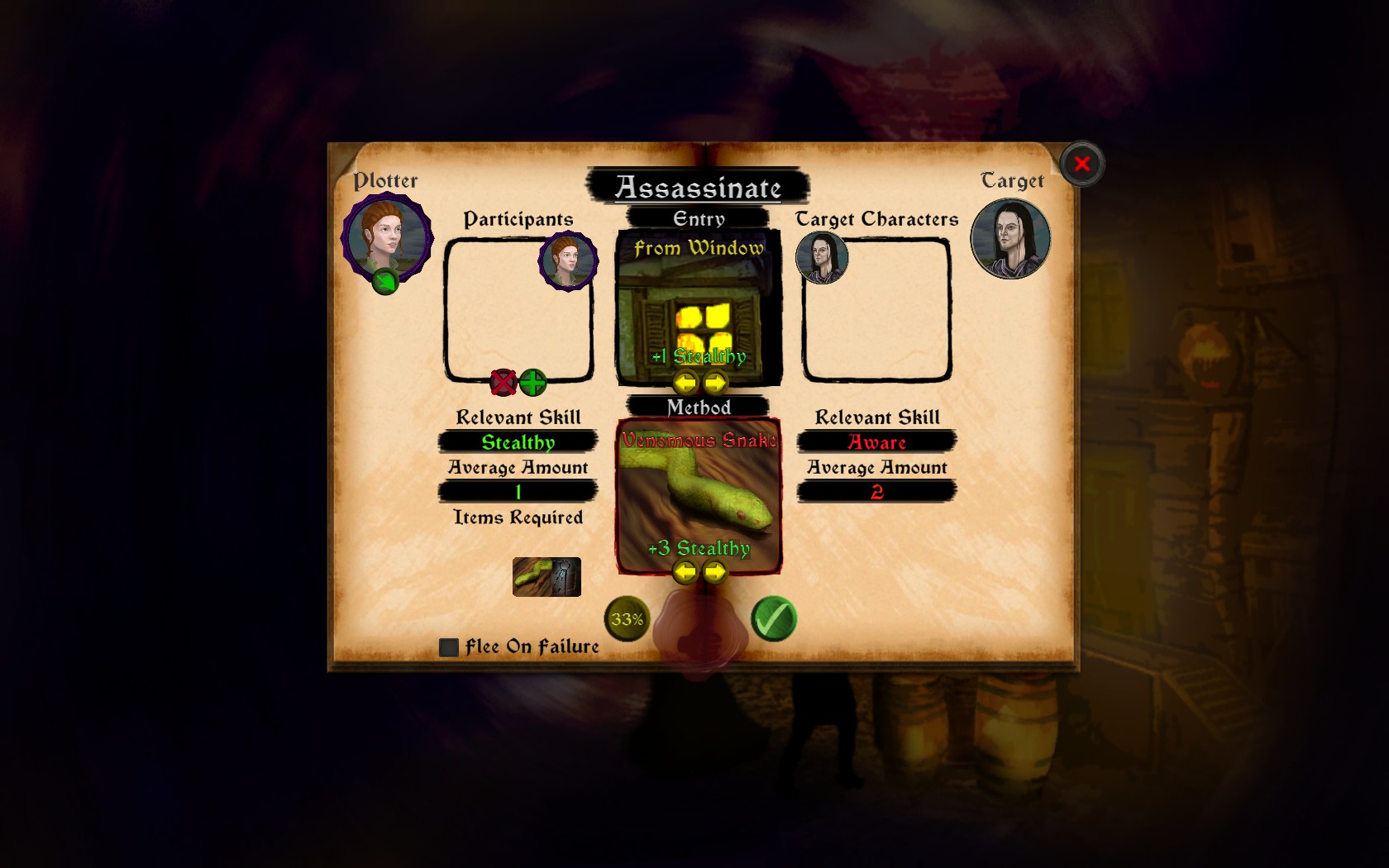
While the majority of the gameplay actions take place at the map table in your manor room, there’s also areas to explore in the room using point-and-click style mechanics. Not all of the letters you receive are straightforward to read, so sometimes you have to decrypt the message to forward the main story or open up sidequests. I had to take photos on my phone in order to perform some of these decryptions because otherwise flipping back and forth between different in-game menus became very confusing. On the rare occasions you leave the room, there are text-based scenes that take place.
Art Style and Graphics
Sometimes the overall aesthetic is right on point flavor-wise. For example, one of the main fonts used is very medieval in style. However, there are some places where the designers have chosen to mix fonts between the medieval font and a very modern font, and this jarring juxtaposition pulls the player out of the experience. The painted portraits and room decor convey the medieval ambience but are not aesthetically brilliant or standout in any way. The text boxes also have a bizarre design that makes them appear glitchy, although it’s unknown if it’s supposed to look that way or not since they all have it.
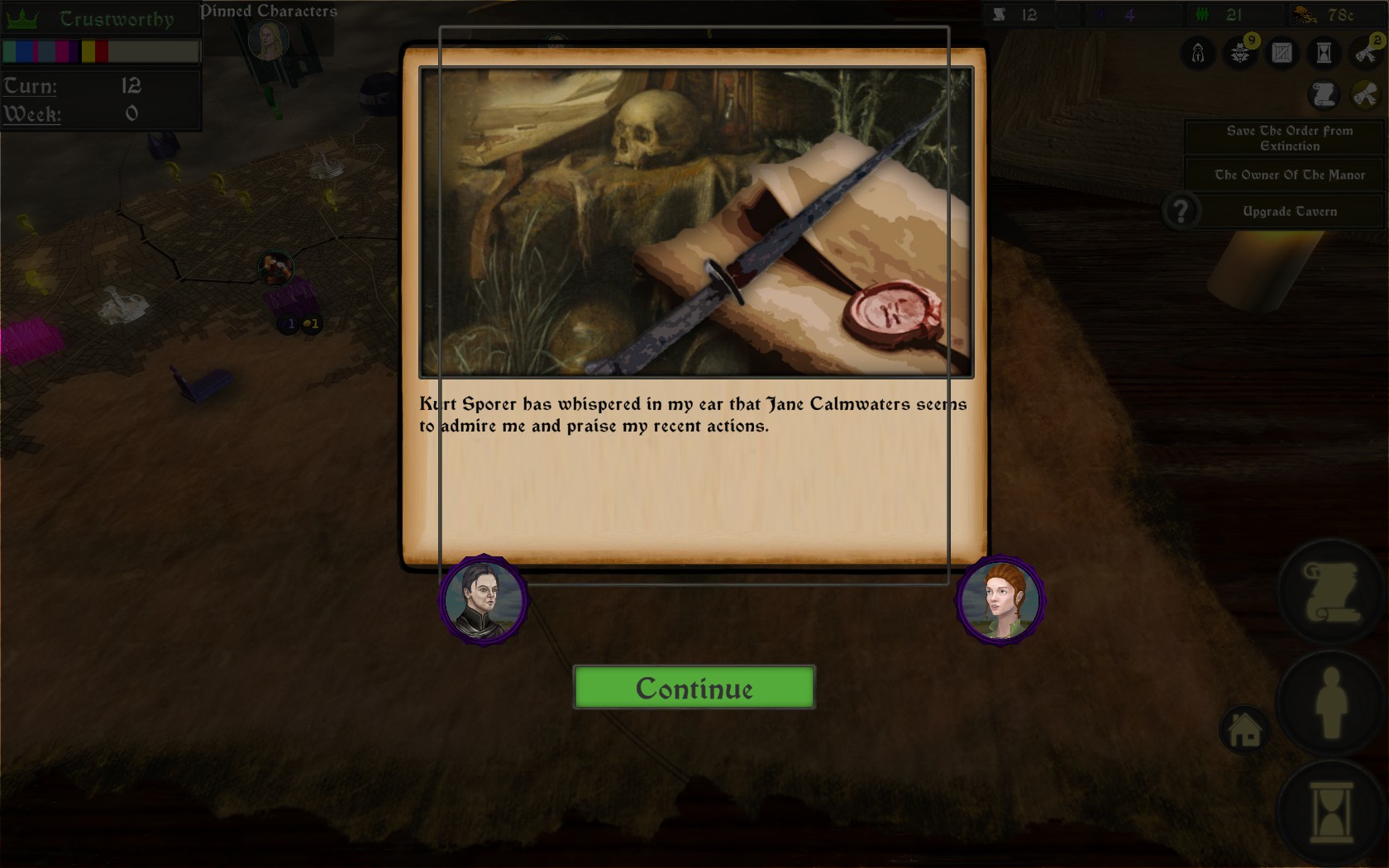
Audio
Similar to the art and graphics, the musical tracks are pleasing but not particularly noteworthy or memorable. It is interesting though that you can change the music’s intensity by selecting different clothes in the wardrobe. The expositional cutscene at the beginning and letters from faction leaders are voiced, but other characters’ letters and the dialogue of intermediary cutscenes are not. There are some occasional sound quality issues, but not enough to really detract from the gameplay experience.
Replay Value
Waiting For The Raven seems to be missing some of the characteristics that tend to make grand strategy games highly replayable. Playing as a named character in a story rather than having more player choice in motivations and playstyle is a limiting factor. While slightly different approaches can be taken to solving the story objectives, the game isn’t truly open-ended compared to the subgenre’s top games.
For some players, achievements can create replay value. Waiting For The Raven has 22 total achievements, and from their phrasing, it’s obvious that some are missable by virtue of requiring different choices. I’m not clear, however, if any of the achievements are unmissable or from the content that is locked on the first playthrough. Depending on that, the game could potentially gain or lose replay value.
Verdict
I feel like I’ve barely scratched the surface of the possibilities offered by the game’s mechanics, but my interest is piqued enough that I plan to sink more time into untangling this tale. However, while Waiting For The Raven is a worthy effort in the grand strategy tradition, I feel I can’t wholeheartedly recommend this game be purchased at full price ($14.99 at the time of review) rather than a discount without first making purchasers aware that not all of the challenge is from the strategy gameplay as opposed to game design flaws.






